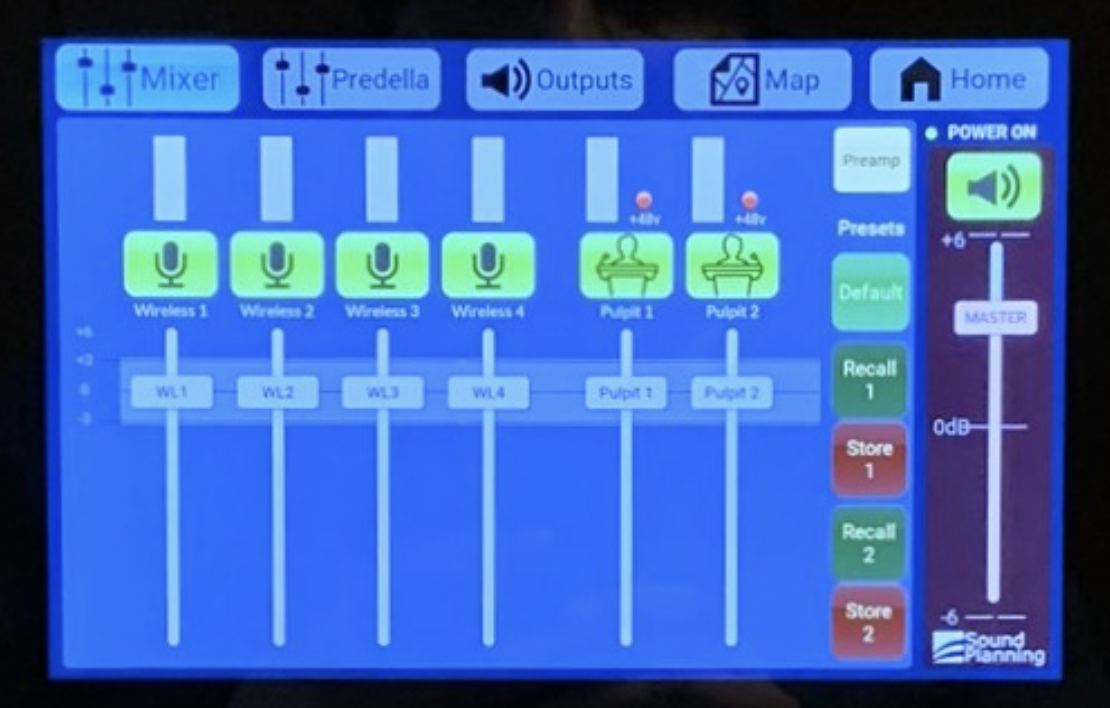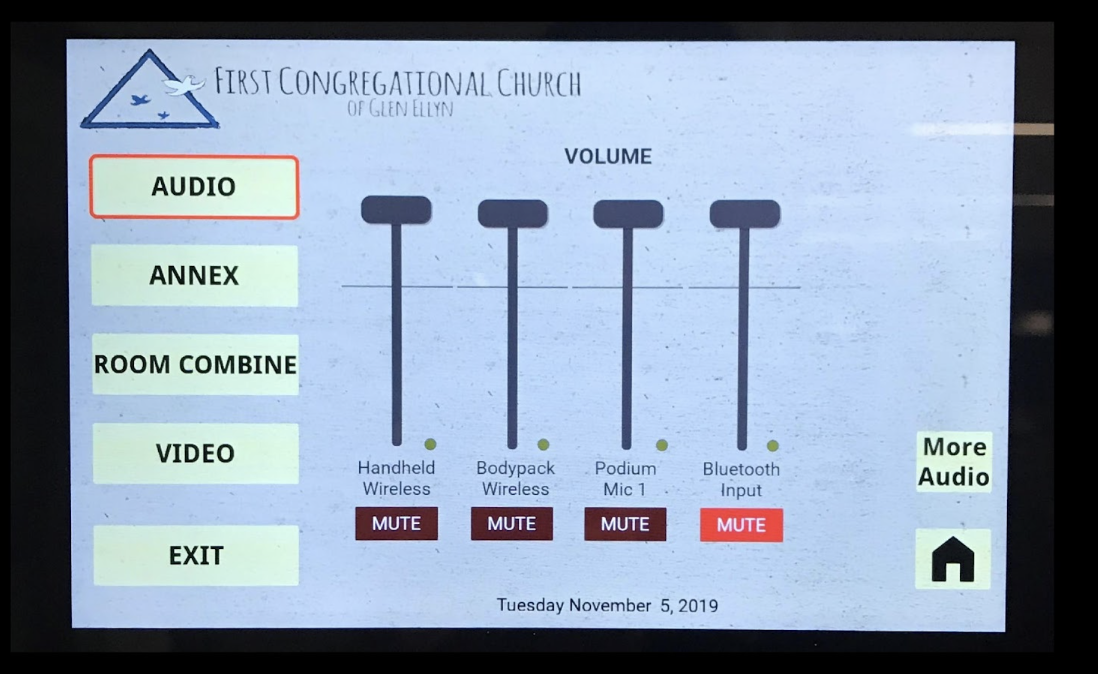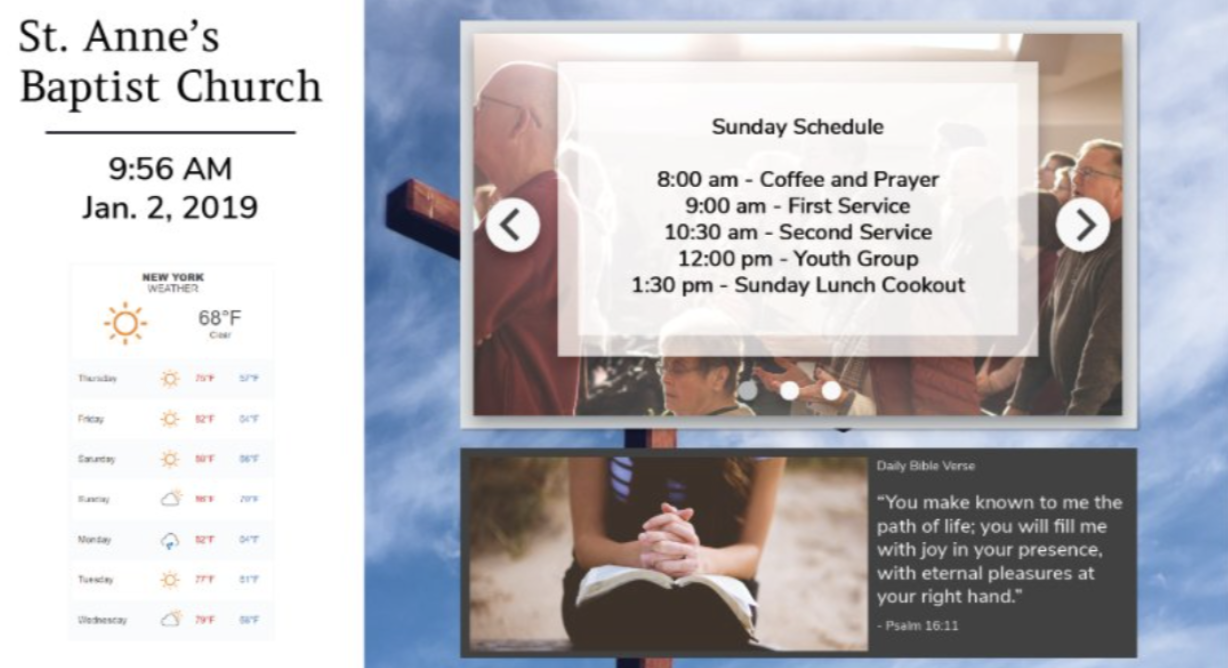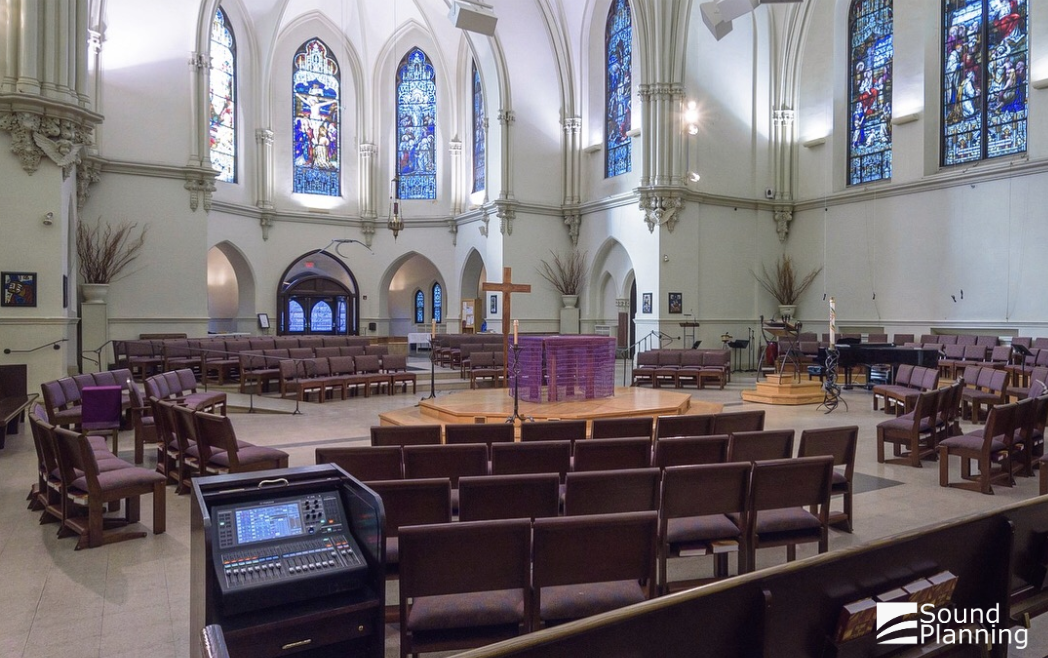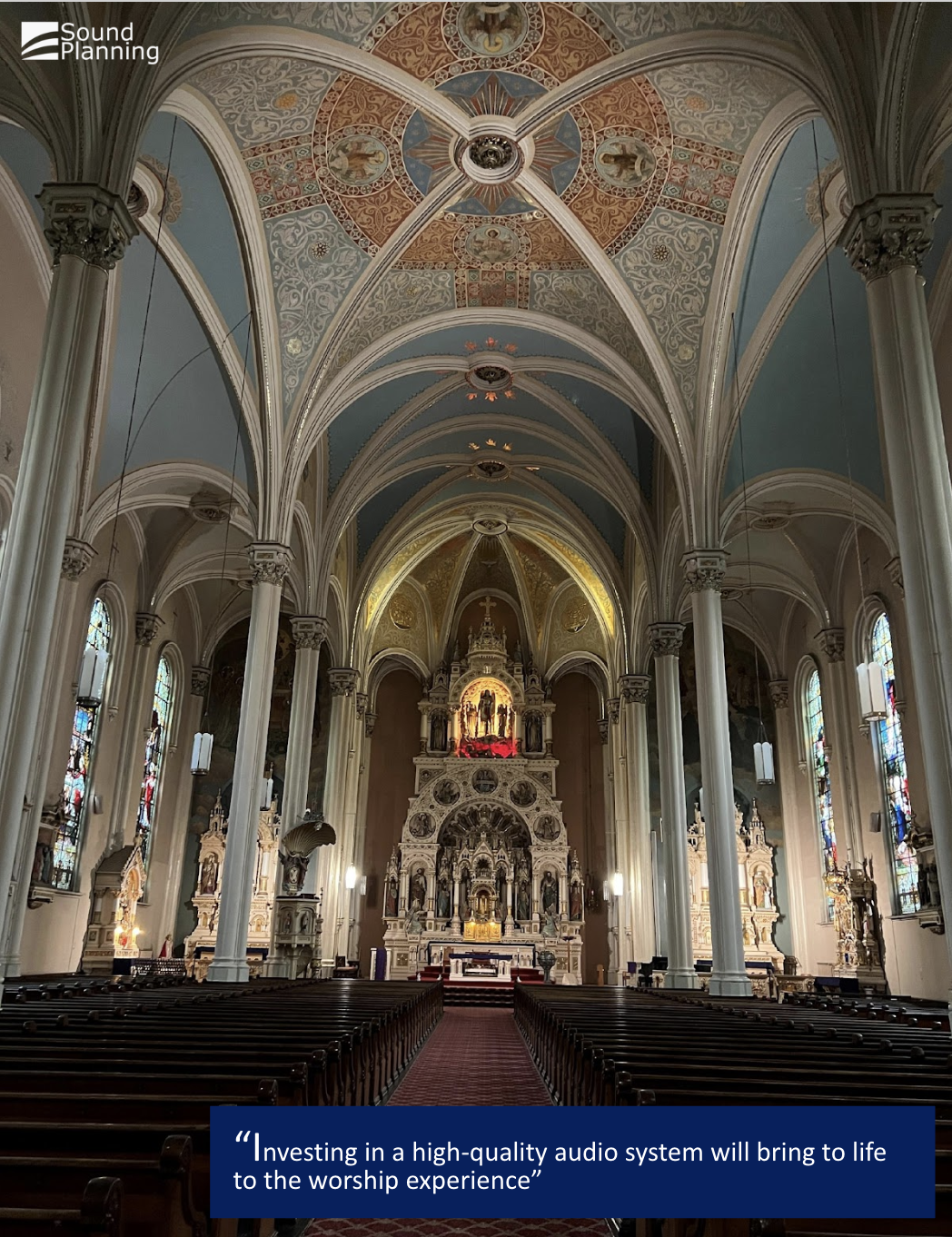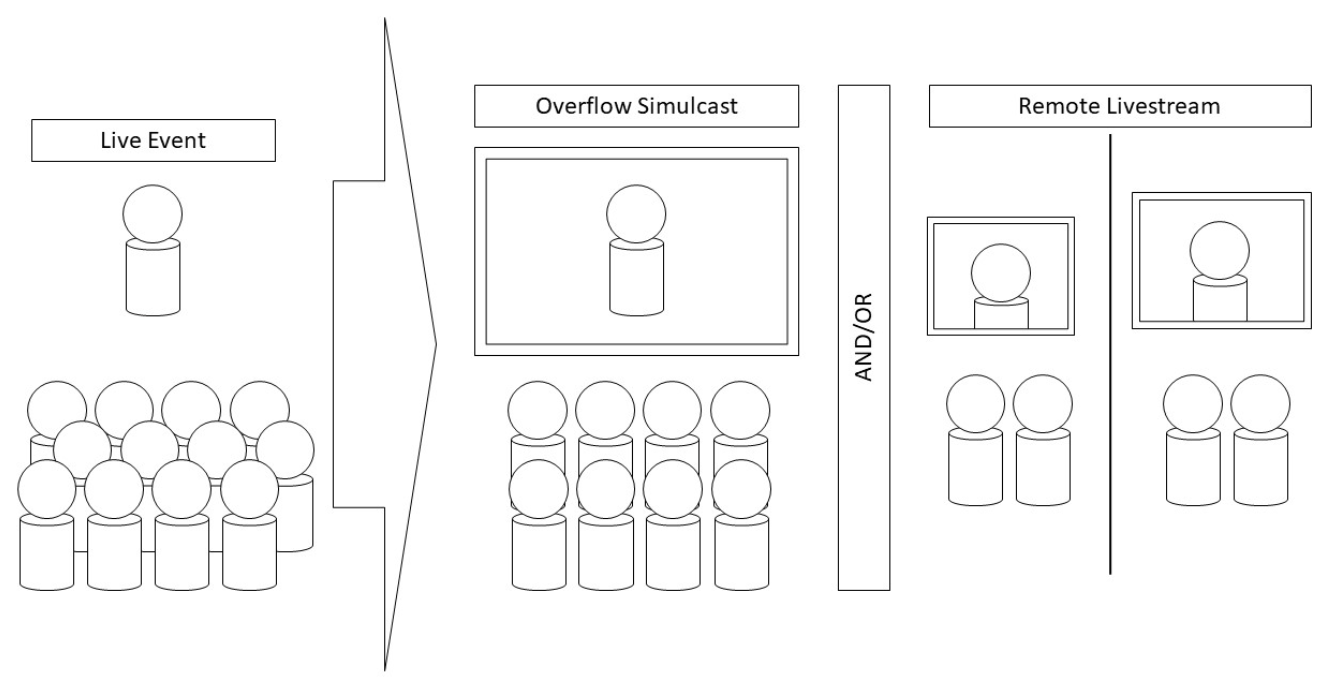Robotic Camera Systems Church with Custom Controls to Simplify Use and Provide Flexibility1/25/2023 The variety of specific events and uses placed on audio visual systems continues to increase. An optimal system seamlessly creates an amazing user experience while allowing relatively unskilled operators to easily adjust the system. Sometimes the system needs to be run very simply. On other occasions, there will be a desire to have full flexibility to make a special event look and sound its best. Custom programming and controls can alleviate some of the most common challenges associated with audio visual systems. Some Common Questions: Q: Is there a hands-free way to operate the system when no one is available to oversee the controls? A: During times when the system needs are relatively simple, common presets can be created for use by ushers or unskilled staff. These settings can also include a limited ability adjust settings like volume levels or monitor mixes from multiple locations. They can also have security controls to prevent user tampering. Q: How can I modify the system to accommodate a variety of room configurations and audience size? A: Several clients have spaces that can be expanded to accommodate high holidays and special events. Configurable seating may require that the sound and video source directions be modified. Some systems require control positions in multiple locations. Touch screen capability allows custom controls that can be upgraded in the future with software edits as clients needs change. Contact the Sound Planning Associates team to get a custom quote for your space.
0 Comments
The use of digital signage for inspiration, a calendar of events, and a high-quality sanctuary video feed help to create energy and share the vibrancy of the activities of the building. When people visit a building, their first impression is influenced by subtle details in what they see. For many congregations, having a dual channel system provides a flexible solution to provide a great way to market upcoming events, which can quickly be switched to simulcast the worship service for overflow seating. When transmitting the signals to other locations in the building, solutions often vary depending on whether it is new construction or renovation of an existing space. For renovations, it is often cost-effective to leverage existing coaxial cable and create a small internal cable tv network. Adding additional monitors simply requires connecting it to the cable network and tuning them to the channel. For new construction, category cable and coaxial cable solutions are available as potential options. Contact us with any questions.
suggest working with an experienced integrator who can coordinate its integration into the broader system. Increased use of LED lighting, IT wired, wireless communications, and fire and safety systems can interfere with assisted listening solutions. An assisted listening solution can benefit those in need when closely designed in coordination with a comprehensive audio-visual strategy. Further, the ADA maintains specific requirements for facilities to offer such an option. Here are some of the options available:
Contact us if you have any questions or want more information. In a post-covid world, using audio video Chicago for live stream memorial services to those unable to attend has become increasingly prevalent. While clients have historically chosen to refrain from using internal video systems to capture weddings, memorial services differ. In these instances, a quality internal video production system serves as an outstanding tool to allow distant loved ones to be present live as a service is happening.
|

